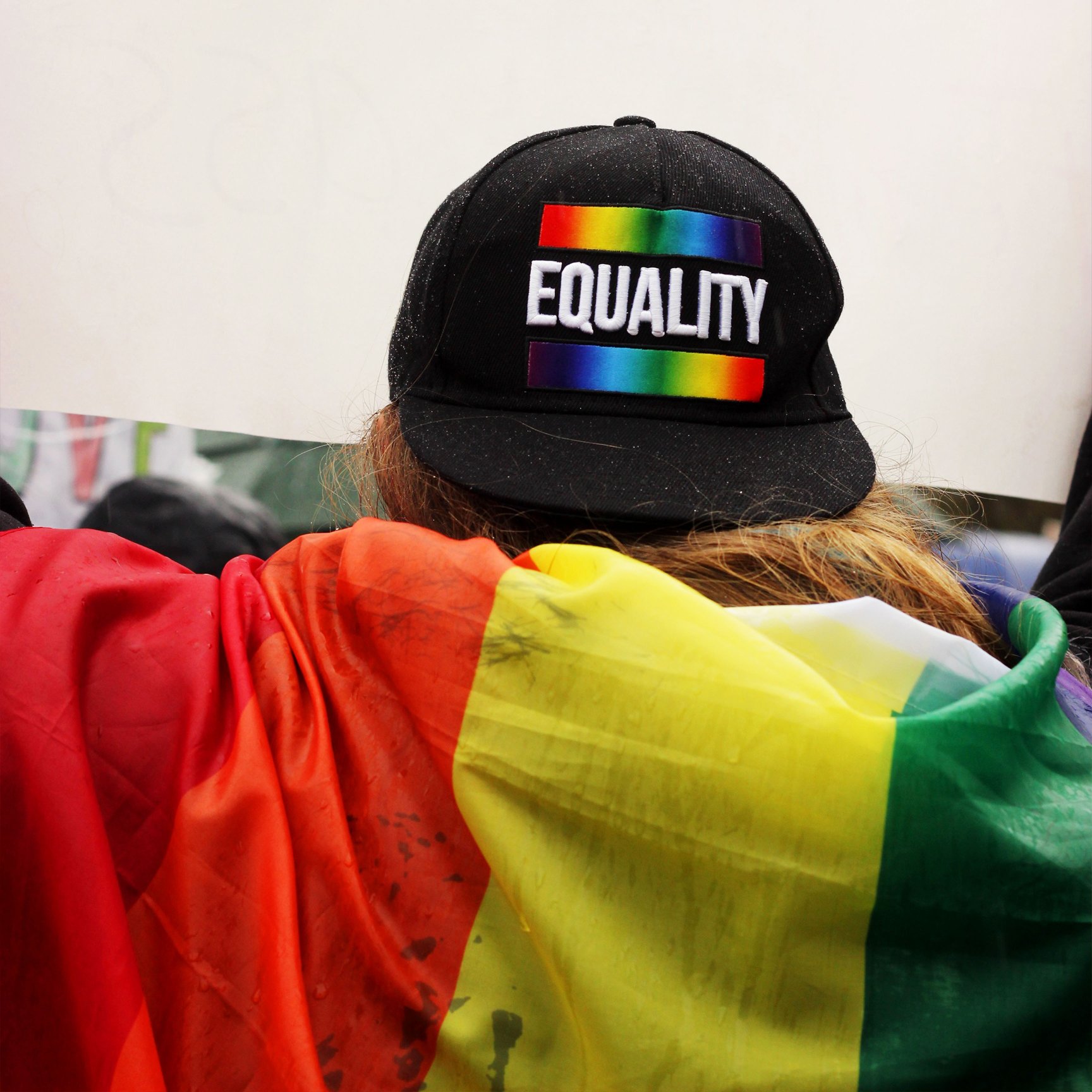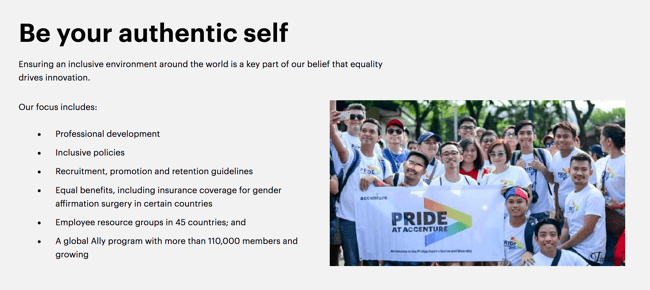
Jan Söderström

During the past few years, we have reached several great milestones in the LGBTQ+ rights movement:
We also saw more openly LGBTQ people in politics, business, sports, and art - Ana Brnabić, Yance Ford, Tim Cook, and Eric Radford, to name a few.
The world, undeniably, has made great progress on LGBTQ+ rights, yet we are still FAR from equality. Even in the most progressive countries, LGBTQ+ people still experience harassment and discrimination in health care, housing, education, and the workplace (and don't forget the fact that 14 countries kill for homosexuality).
With this article, we hope to raise awareness of LGBT issues in the workplace and advocate for inclusion and diversity.
Most countries and states - and that is most of Asia and Africa, some European countries, and 29 out of 50 states in the US - do not provide legal protection for LGBTQ+ employees at all, meaning that in many parts of the world you can be fired for simply being queer. This civil rights issue affects members of the LGBT community and society as a whole tremendously. Without proper regulations in place, we cannot guarantee equal opportunities for all, leaving LGBT people vulnerable to workplace abuse.
Discrimination against LGBT employees comes in many different forms - from verbal insults to inappropriate jokes. Openly LGBT people are often denied a position, equal pay, and promotion because of their gender identity or sexuality. Plus, nearly one in five have been victims of negative comments and conduct for being LGBT.
In fear of discrimination and bullying, almost half of the LGBTQ population is closeted at work. This fear prevents them from bringing their full selves to work: many LGBTQ+ workers lie about their personal life and hide their identities, which makes them feel exhausted, unhappy, and depressed at work.
According to a report from Human Rights Campaign Foundation, 81% of non-LGBTQ+ employees believe that their LGBT coworkers “should not hide their identity”, yet 70% of the same pool see it “unprofessional” to discuss sexuality and gender at work. Perhaps, because we live in a heteronormative society, many non-LGBTQ+ people don’t realize how much they express their sexuality and gender through daily conversations at work.
Think about it - a simple “my boyfriend and I went traveling last weekend” coming from a straight woman is seen as acceptable, but if it came from a gay person, then it is “oversharing” and “inappropriate”. That’s why LGBT people spend a lot of their energy changing words and pronouns when talking about their private life. This is something that non-LGBTQ+ people are not pressured to do.
The combination of the stress from hiding their identity and discrimination at work creates the feeling of being unwelcome. The persistent feeling of not being accepted motivates LGBTQ+ employees to seek a positive and accepting environment somewhere else - nearly ten percent will leave a company if the culture isn’t inclusive. Creating a truly LGBTQ+ friendly culture will not only help you attract amazing LGBTQ+ talent but also keep them engaged, productive, and motivated to innovate.
Considering that you are reading this blog post, chances are that you want to create a workplace that is supportive of the LGBTQ+ community and free from discrimination of any kind. To help you achieve that, we prepared a list of actions to consider taking:
If you are not aware of what is your company’s position on LGBTQ+ rights, this is a perfect time to do some introspection work and start discussions around LGBTQ+ with your coworkers. Maybe your coworkers haven’t talked about LGBTQ+ issues yet, or maybe your company has already set policies to protect and support LGBTQ+ employees, but not everyone is aware of them. Set policies that prohibit discrimination, and update your existing policies and benefits to accommodate your LGBTQ+ employees.
Communicate your policies to your staff clearly, follow them yourself, and address misconduct. Walk the talk by providing competency training around LGBTQ+ topics, create networks for your LGBTQ+ coworkers and allies, and be proactive when it comes to tackling stigma and misconceptions. It is a good idea to partner with local LGBTQ+ organizations and experts who can give you advice and mentorship regarding LGBTQ+ inclusion.
If you want to make a difference not only inside your company but also in your community, you should consider supporting local LGBTQ+ issues and events. This might be as simple as encouraging your staff to march in the local Pride parade or joining the parade as a sponsor. You can also help the community by organizing events of your own for LGBTQ+ people and supporters.
It is wonderful to see that companies are increasingly getting more aware of LGBT issues and taking measures to foster inclusivity at the office. For instance, over 90% of Fortune 500 companies prohibit discrimination on the basis of sexual orientation, and 85% have non-discrimination policies that include gender identity. A great example of a Fortune 500 company that embraces inclusivity is Accenture.

One look at their Pride at Accenture page says it all - the company has built a strong community around the world by perfecting existing policies, engaging their non-LGBTQ+ employees through LGBT Allies Programme, and sponsoring and organizing events around LGBTQ+.
Another strong example of an LGBTQ+ friendly company is Spotify. This year they teamed up with their LGBTQIA+ Employee Resource Group, Spectrum, and extended their benefits for their transgender employees and now offer them coverage of masculinization and feminization treatment. Both Accenture and Spotify show the level of inclusivity that we hope to see in other companies too.
We hope this blog post was educational for you and gave you some food for thought. It is appalling that many LGBT people experience discrimination at work, but, thankfully, you have the power to change this for the better. By raising awareness of LGBTQ+ issues in your company and setting anti-discrimination policies, you can create an inclusive, safe, and supportive environment, where everyone feels welcomed. Everyone deserves to be treated with dignity and respect, regardless of their sexual orientation, gender identity, or expression.
Get recruitment insights, tips, and best practices delivered to your inbox monthly!